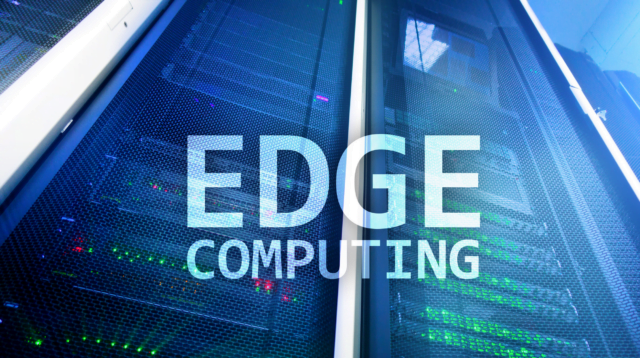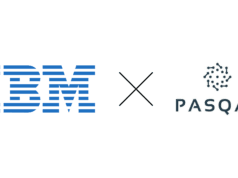
In recent years, edge computing has emerged as a pivotal technology, fundamentally reshaping how data is handled, processed, and delivered from millions of devices around the globe. As we traverse into 2023, the trajectory of edge computing continues to ascend, earmarking an era of notable expansion and innovation.
Key Highlights:
- Over 50% of new enterprise IT infrastructure deployments are anticipated to occur at the edge, diverging from central data centers.
- The enterprise market for edge computing is projected to burgeon at 22%, primarily driven by hardware expenditures, transitioning towards software and services as the market matures.
- The global spending on edge computing is forecasted to reach $208 billion, marking a 13.1% increment from the previous year.
- Edge computing is poised to play a quintessential role in supporting Cloud AI deployments, propelling a new wave of innovations and competitive dynamics in the tech sphere.
- The post-pandemic world sees edge computing as a linchpin for re-establishing cross-border communications and digital services, notably enhancing latency-intensive applications.
The resonance of edge computing in modern-day technological discourse is hard to overlook. According to Deloitte Global, the enterprise market for edge computing is expected to grow at a rate of 22% in 2023. This growth is initially rooted in hardware expenditures but is projected to transition towards software and services as the market attains maturity. Concurrently, a report by IDC underscores that edge computing has entered the mainstream, with global spending anticipated to hit $208 billion in 2023, a 13.1% uptick from 2022. The pivot towards edge computing is not without merit. By 2023, over 50% of new enterprise IT infrastructure is predicted to be deployed at the edge rather than central data centers, marking a significant shift in data management paradigms.
A slew of trends underpins the ascendancy of edge computing. One of the salient trends is its integral role in supporting Cloud AI deployments. The genesis of OpenAI’s ChatGPT tool has spurred a global AI race, with edge computing becoming a linchpin for accelerating, improving, and scaling AI delivery. This trend is expected to gain further traction with the unveiling of Google’s Bard chatbot, which is poised to challenge the incumbency of ChatGPT. Moreover, the post-pandemic landscape is propelling the relevance of edge computing to new heights. As the world grapples with the aftermath of the pandemic, edge computing is being eyed as a critical tool for hosting latency-intensive apps and services at the network’s edge, thereby fostering more efficient cross-border communications and digital services.
Furthermore, the realm of gaming is not impervious to the allure of edge computing. A nascent trend of cloud gaming is burgeoning, where game processing occurs at the edge, liberating the terminal from the onus of processing. This not only conserves battery power for gamers but also avails a broader spectrum of content irrespective of the hardware in use. Albeit the cost-intensive nature of delivering game content from the edge, the skyrocketing demands from gamers are nudging gaming providers to contemplate investments in edge computing.
The stride into 2023 beholds an auspicious future for edge computing, with over 50% of new enterprise IT infrastructure projected to be deployed at the edge. The technology is not only pivotal for bolstering Cloud AI deployments but is also being recognized as a crucial tool for reinvigorating cross-border communications in the post-pandemic world. With global spending on edge computing expected to reach $208 billion, the year 2023 is set to witness edge computing becoming more ingrained in our digital infrastructures, ushering in a new epoch of distributed computing.











